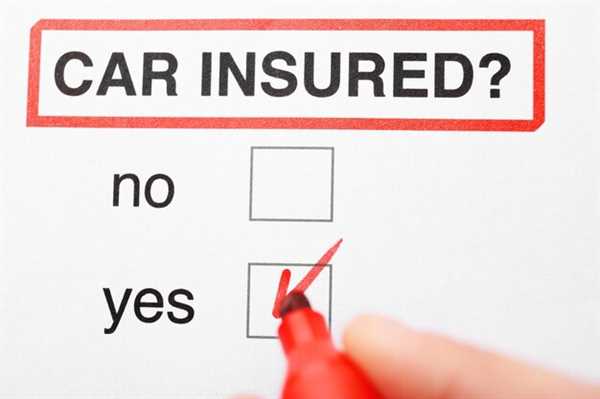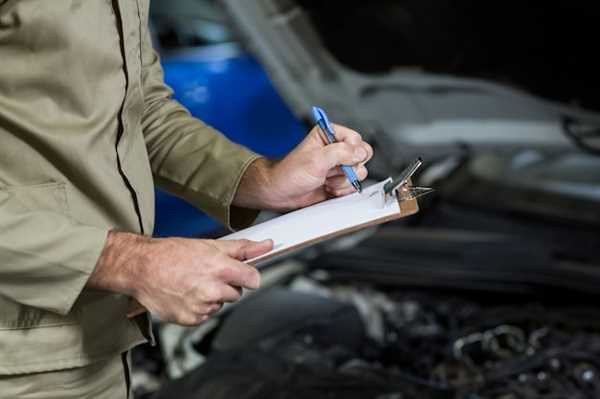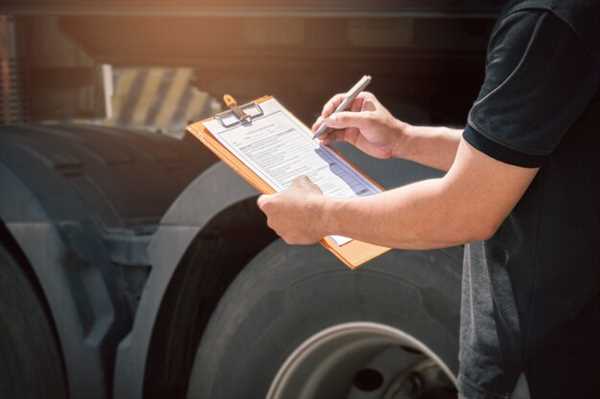
Prioritize researching specialized policies tailored for reconstructed cars. Standard plans often exclude these automobiles, leaving owners without necessary protection. Aim for a provider experienced in insuring vehicles classified as restored or salvage; they can offer more favorable terms.
Assess your specific needs, including potential repairs and total value, to select adequate protection. Look for policies that specifically address the nuances of your car’s history, ensuring coverage remains intact despite its designation. Comparing quotes from various insurers can help pinpoint the best value and necessary features.
Be aware that some insurers might impose restrictions or limit payouts, particularly if the drive has a complicated past. Clarifying these aspects before purchase can prevent future disputes and guarantee peace of mind while driving your reconditioned vehicle.
Understanding Coverage Options for Salvage Title Vehicles

Choose a plan that specifically accommodates rebuilt or salvage vehicles. Look for providers that offer coverage tailored to the unique needs of these automobiles.
Consider liability coverage. It protects you against claims for bodily injury or property damage to others resulting from an accident. This type of protection is crucial, even for vehicles with a salvage history.
Collision and comprehensive options are also essential. Collision protection helps cover damages after an accident, while comprehensive assists in events such as theft, vandalism, or natural disasters.
Check for exclusions in the policy. Many providers may limit or deny coverage based on the vehicle’s salvage history. Read the fine print carefully to avoid unexpected issues.
Evaluate the actual cash value (ACV) clause. Since the vehicle may have a lower market value due to its status, ensure you understand how this affects potential payouts.
Finally, shop around and compare quotes across multiple providers. Each company may offer different terms, which can significantly impact your overall financial protection. Review customer feedback regarding claims handling to gauge reliability.
Comparing Cost and Availability of Salvage Insurance Policies

Individuals seeking coverage for vehicles with a history of significant damage should evaluate various providers to identify affordable rates and accessibility. Start with a quote comparison tool that includes specialized agencies focusing on salvage coverage. These providers often offer tailored plans with competitive pricing.
Cost is influenced by factors such as the vehicle’s make and model, its current condition, and local state laws. Policies vary widely, with some companies providing coverage starting at approximately $300 annually, while others may demand higher premiums based on risk assessments.
Research online reviews and consumer feedback to gauge customer satisfaction with different insurers. Look for firms known for their reliability and prompt claims handling. Additionally, assess the types of coverage offered, including liability, comprehensive, and collision options. Not all agencies provide similar packages, so understanding the specifics can lead to enhanced security and savings.
Consider the policy limits and deductibles associated with these products. Lower premiums sometimes come with higher deductibles, which might not be advantageous in the event of a claim. Balancing costs with suitable coverage is essential for effective risk management.
Don’t overlook state-specific regulations that might affect availability. Some regions have stricter rules regarding insuring vehicles with prior damage, impacting which companies are accessible. It’s advisable to connect with a local agent to clarify obligations and potential barriers.
Navigating Claims and Payouts with Salvage Title Insurance
Clearly understand your policy details before filing a claim on a vehicle with a reconstructed identity. Coverage amounts may differ significantly due to the vehicle’s past status. Ensure that your insurance provider offers sufficient compensation for pre-accident value rather than just the diminished worth.
Document all repairs, assessments, and relevant history. This evidence plays a crucial role in claims processing. When an incident occurs, contact your insurer immediately, providing them with detailed reports and photographs to expedite the assessment.
Be aware that some insurers impose limitations on payouts based on the vehicle’s history. Always inquire about potential exclusions related to previously salvaged vehicles. Familiarize yourself with the specific criteria for claim approval, ensuring that your situation aligns with their policy guidelines.
If a payout seems inadequate, gather supporting evidence to present a compelling case for reevaluation. This may include expert appraisals or comparative market analyses of similar vehicles. Engage with your insurance representative to negotiate a fair settlement that reflects the true value of your vehicle.

